Alumni
Resources
Spotlights
Andrew Smith, BA 2015, Receives Prestigious Boren Award
We would like to feature you and your accomplishments!
Please reach out to Shavauna Munster, shavauna.munster@utah.edu, to be featured.
Alumni Career Resources

Alumni Career Coaches Referral Network
Looking for advice on the next step in your career? A professional career coach can be invaluable—offering a fresh viewpoint on your knowledge, skills, and experience. A coach can help you present your talents in the most favorable context that allows you to shine in unexpected ways.
Alumni Community Resources
Alumni Newsletter Archive
Are you subscribed to the Department of History Alumni Newsletter?
Have ideas for the History Department Alumni Community?
Email shavauna.munster@utah.edu.
Alumni Financial Resources
Alumni Wellness Resources
Utah Community Mental Health Clinic
National Alliance on Mental Illness, Utah
Psychology Togday, Therapist Directory
*We neither screen nor endorse these providers.*
William Dirk Raat, PhD 1967
My first publication was in Spanish and published in Mexico--there my name appears as William D. Raat. But I soon started using the initial version of "W. Dirk Raat" because I thought it was sexy and I liked the way Crampton used his initial on his publications. Currently I am retired from SUNY Fredonia (I have been retired since 1999 or 22 to 23 years). My wife and I moved to Surprise, Arizona in 2001 and have lived here since then. While in Surprise I have taught off and on--mostly in non-credit courses at either Sun City Grand in Surprise or lifelong learning courses at Arizona State University, west campus, Glendale, Az. I also taught one semester at Arizona State University in Tempe. Since retiring I have published three articles and now, one book. I have also played a lot of golf and pickleball.
Most of the important influences came with my graduate experience. Especially the relationships I developed with fellow students and the direction I got from the faculty, esp. Greg Crampton. I spent a few summers with him engaging in "historical archaeology" on an eight-man naval life craft plowing through the Glen Canyon on the Colorado River. Crampton also mentored my dissertation and directed me in my specialty of Mexican history.
 The recent adventure into indigenous history comes from my experiences with the Tarahumara
of Chihuahua in the 1990s and my role as a docent at the Heard Museum in downtown
Phoenix. That experience, and living in Arizona, took me back to northern Arizona
and southern Utah and the indigenous populations of the Southwest.
The recent adventure into indigenous history comes from my experiences with the Tarahumara
of Chihuahua in the 1990s and my role as a docent at the Heard Museum in downtown
Phoenix. That experience, and living in Arizona, took me back to northern Arizona
and southern Utah and the indigenous populations of the Southwest.
Bio: W. Dirk Raat taught Mexican and Latin American history for 34 years at the Univesity of Utah, Moorhead State College in Minnestora, the State University of New York in Fredonia, and at Arizona State University and ASU West. Professor Raat has authored over thirty-plus articles in referred journals and encyclopedias on Mexican history, U.S. Mexican relations, historical geography, and instructional technology.
Most recently he is the author of an essay on the American Southwest as Mesoamerica's northern frontier that appears in Transnational Indians in the North American West. In addition, Professor Raat has published eight books on the history of Mexico and Mexico-U.S. relations. His newest book, entitled Lost Worlds of 1863 published in Fall 2021 with Navajo artist Steven Yazzie on the nineteenth century experiences of several Native American groups in the Greater American Southwest.
Greg Midgley, B.A. 2013
Current position: Acquisitions Order Specialist, Marriott Library.
My role includes ordering materials for the library, assisting faculty and students with both physical and electronic resources, supervising print serials, and assessing damaged materials for collection development.
As a student of the University of Utah, I was able to benefit from career counseling that pointed me towards a career working in libraries. I did not graduate as a Music Major but have been able to utilize my formal studies at the U in my work as a music teacher and performer.
My History degree proved to be important in securing my first positions with academic libraries, and continues to be useful in my work to locate the materials patrons request. As a student I spent many, many hours writing and gathering research in the Mariott Library, those experiences helped cement a sense that the library environment was a good fit for me. I continue to enjoy exploring scholarly work in the multi-disciplinary fields I first engaged wtih as an undergraduate. Both with students and colleagues in the library I am always learning something new, and my time with the History Department helped foster that interest in life-long study.
Travis Ross, PhD 2017
Travis Ross (PhD '17) has been appointed Assistant Professor of History and the inaugural Director of Humanities Plus at George Fox University. He previously taught western North American History in the Department of History at Yale University (2018–2020) before completing a VA-funded postdoctoral fellowship in informatics at Yale School of Medicine (2020–2022). As a faculty-administrator at GFU, Travis is bringing informatics back to the humanities in the form of a skills-based, interdisciplinary humanities computing program. H+ will provide clear but flexible career pathways for students in otherwise traditional humanities majors to acquire and to demonstrate applied computing skills through the notoriously difficult and endlessly engaging problems presented by humanistic disciplines. A fervent advocate of the broad value of humanities education, Travis is excited to bet his career on the proposition that the humanities are a powerful platform for training skills and modes of thinking that will never become obsolete.
Nicole Anderson, BA 2011
Nicole Anderson is a communication professional and freelance writer. She holds a master’s degree in Strategic Communications from Westminster College and a bachelor’s degree in Environmental Studies and a minor in History from the University of Utah.
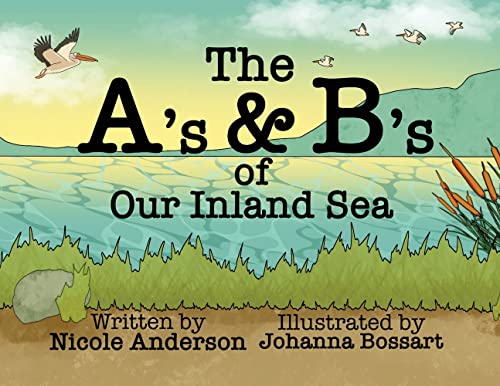 She is a certified Utah Master Naturalist in Wetlands and has focused many years researching
the Great Salt Lake. During her undergraduate years, she completed internships with
both Friends of Great Salt Lake (FoGSL) and Utah Rivers Council as well as volunteered
as a member of The Nature Conservancy's Speaker's Bureau. Anderson co-founded the
blog, Summer of Salt where she spent three summers exploring the shorelines of Great
Salt Lake. In 2010, Anderson was commissioned to write, "Patterns of Change" which
documented bird and human usage in Bear River Bay, and she later had a role in the
2012 documentary, "Evaporating Shorelines."
She is a certified Utah Master Naturalist in Wetlands and has focused many years researching
the Great Salt Lake. During her undergraduate years, she completed internships with
both Friends of Great Salt Lake (FoGSL) and Utah Rivers Council as well as volunteered
as a member of The Nature Conservancy's Speaker's Bureau. Anderson co-founded the
blog, Summer of Salt where she spent three summers exploring the shorelines of Great
Salt Lake. In 2010, Anderson was commissioned to write, "Patterns of Change" which
documented bird and human usage in Bear River Bay, and she later had a role in the
2012 documentary, "Evaporating Shorelines."
It was through these opportunities that Anderson learned the many facets the Lake has to offer along with the stressors it and the surrounding community faces daily regarding water, industry, air quality, and sustainability. She came to understand that while many people may think of Great Salt Lake as a dead, stinky, ugly place, there are just as many, if not more who see its value, its undeniable beauty and she believes that it is instead one of Utah’s best-kept secrets and an integral part of the ecosystem here in the west.
Anderson teaches intercultural and interpersonal communication at Salt Lake Community College. She has written as a freelance author for ten plus years. Her stories and articles have appeared in Airboating Magazine, Gateway Magazine, Utah Stories, and Utah Life Magazine among several other print and online publications. When she is not teaching or writing you will likely find her traveling, hiking, or on the water. Anderson has a passion to protect landscapes and places that cannot speak for themselves.
Anderson a Utah native, who grew up along the Wasatch Front, now divides her time between Pocatello, Idaho, and West Point, Utah along with her husband, Mike, and their border collie, Luke.
Tim Glenn, MA 2011
Tim Glenn recently joined the team at the Utah Department of Cultural and Community Engagement as the Museum Director for the new Museum of Utah. Set within the Utah Division of State History, the museum will honor the past and inspire the future by sharing the state's unique history, culture, and art. The museum provides a space to care for the state's historical collection and to explore the unique stories of Utah's communities.
Tim received both his undergraduate and graduate degrees from the history department at the University of Utah where he grew interested in both U.S. Environmental History and the history of the U.S. West. Also an American West Center alumnus, Tim believes the opportunities that the department offered to explore new ideas, pursue primary source research, and engage with scholars while actively working in the field of Public History was an invaluable start to his career.
Emily Larsen, MA 2021
Emily Larsen has worked and volunteered in Utah Museums since 2006. She has worked at the Springville Museum of Art since 2014, first as Assistant Curator and Registrar, then as Head of Exhibitions and Programs, and most recently as Associate Director. Emily graduated with a Bachelors of Arts from BYU, and a Master of Arts in History from the U of U. In addition to her work at the SMA, Emily has contributed to the local art community as an Independent Scholar: researching, writing and publishing as well as presenting on the topic of Utah art and history throughout the State. She was named Museum Educator of the Year in 2020 by the Utah Art Education Association and was given the Rising Museum Professional Award by the Utah Museums Association Fall 2021. In her free time she enjoys spending time with her husband, Eric, and their dog, Tootsie, traveling through rural Utah, and making mixed media collage art.
More about the Springville Museum of Art and Emily's contributions and vision for the future, here.


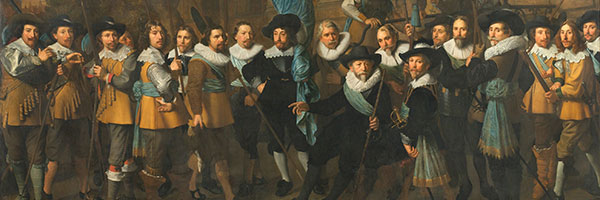
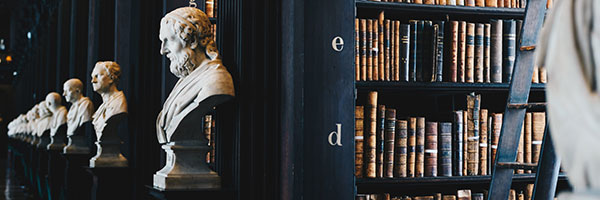

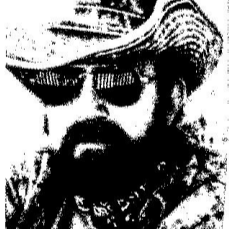

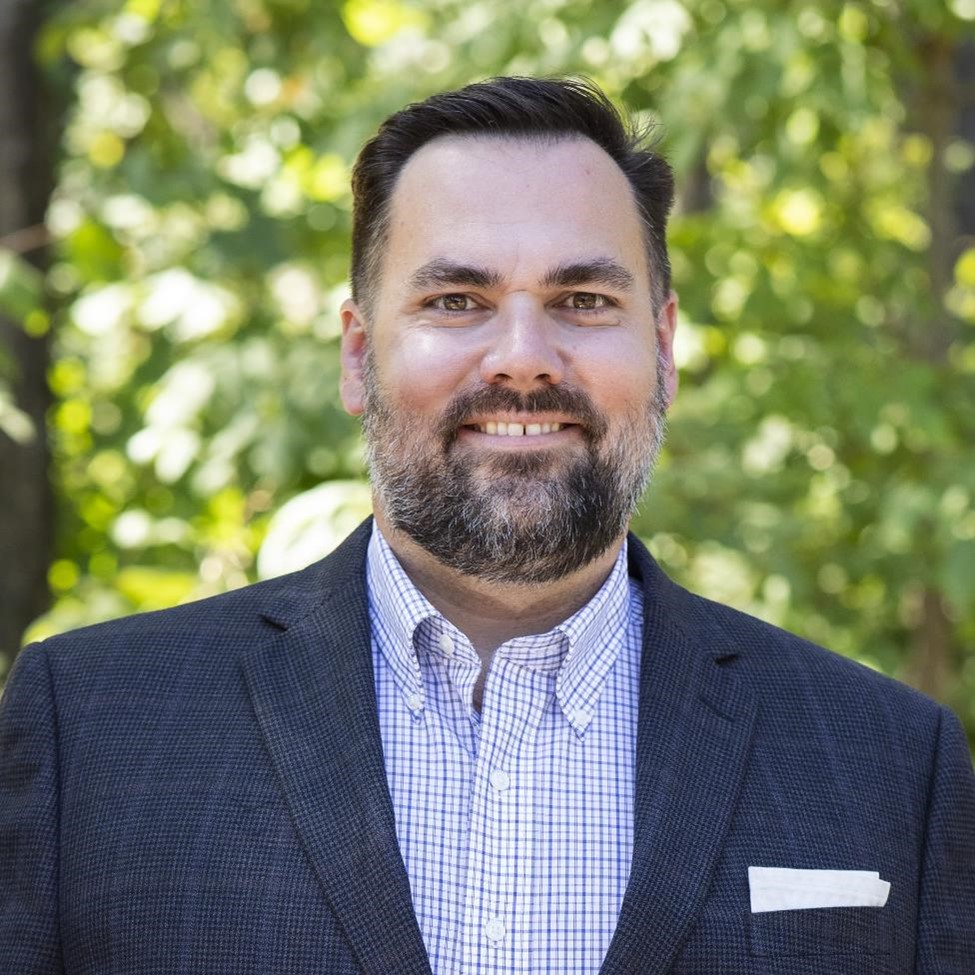
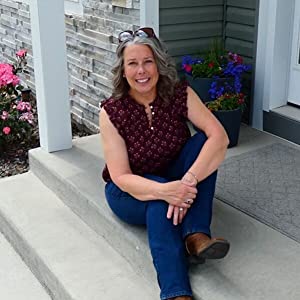
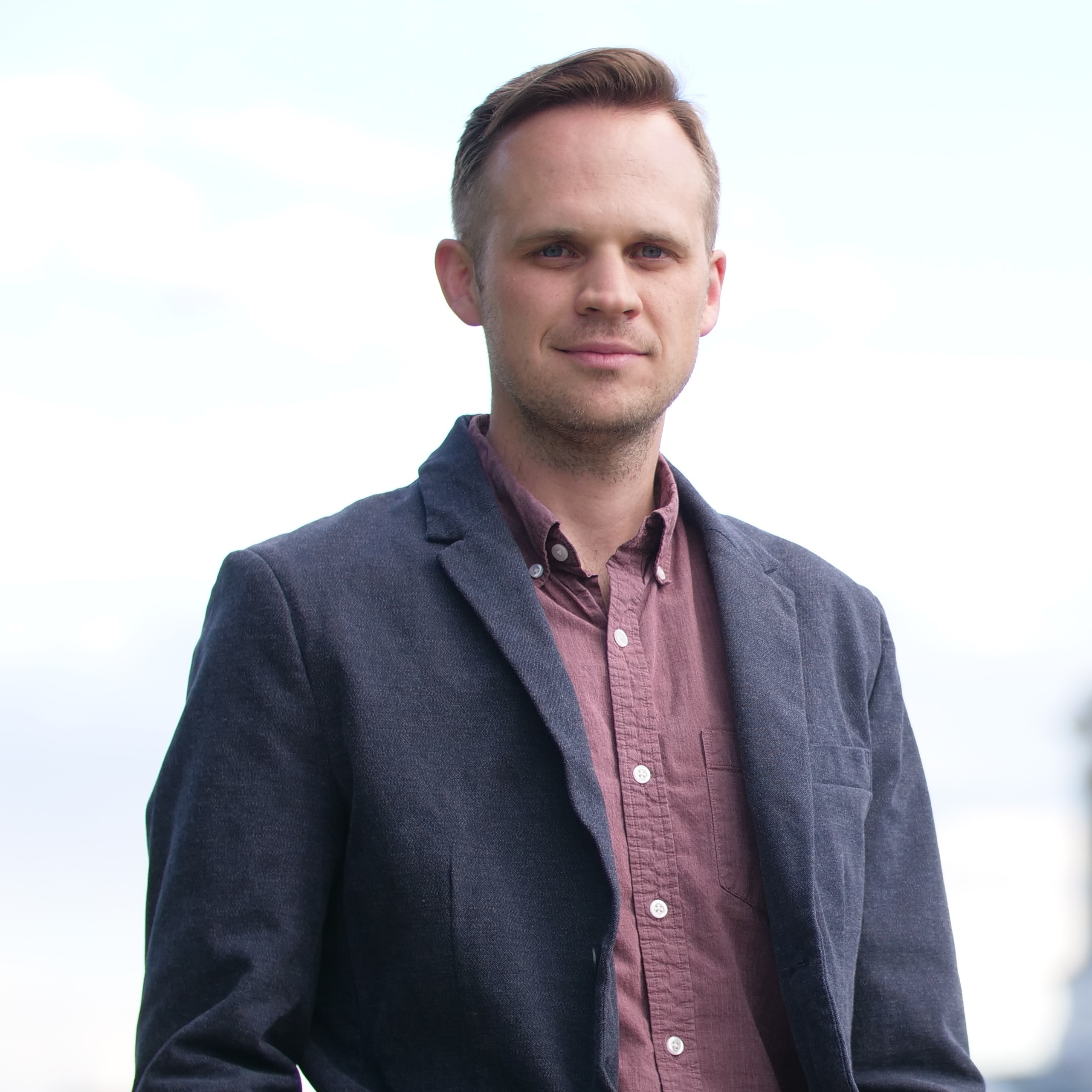
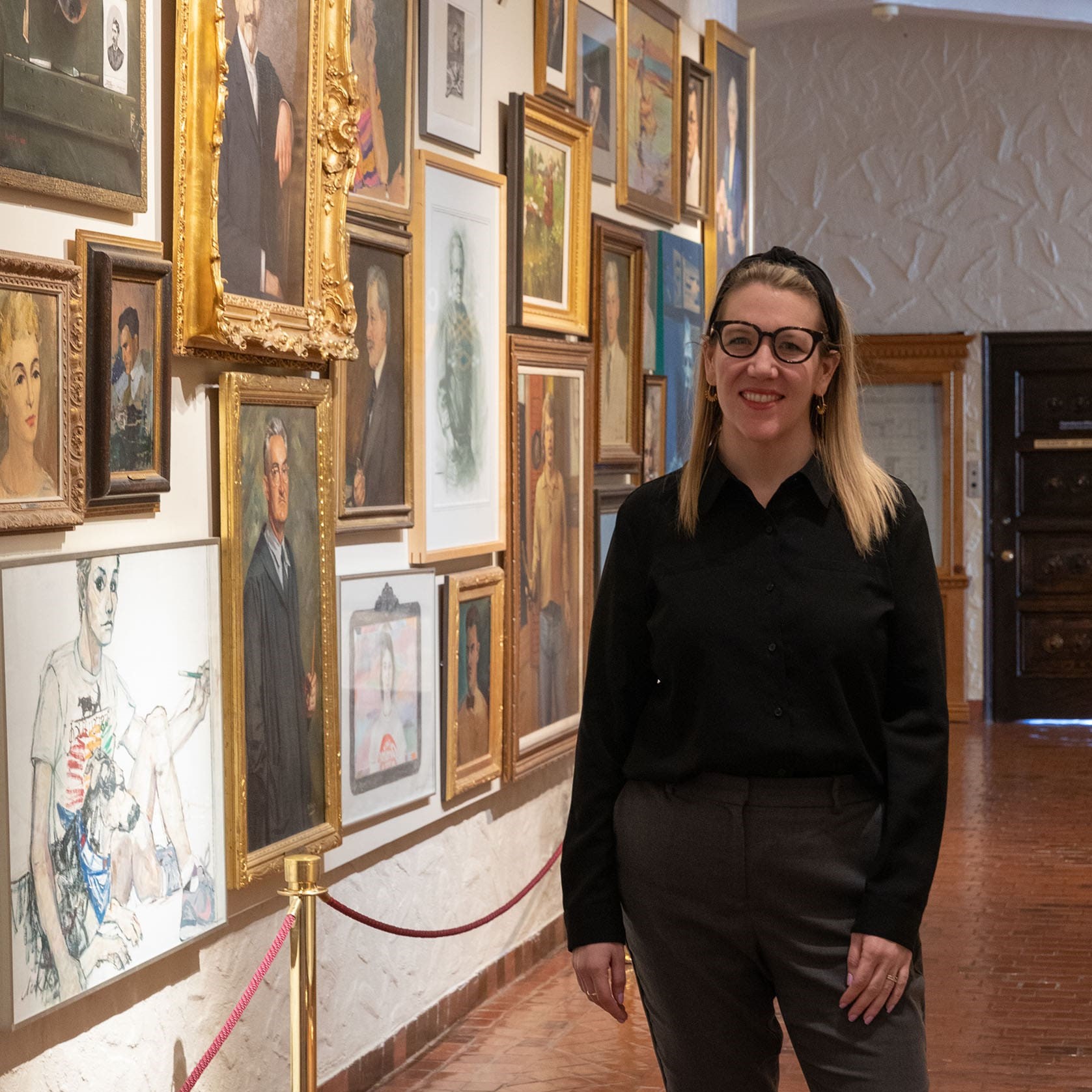
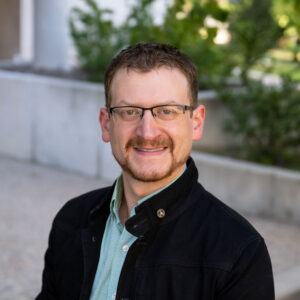
 University of Utah Alumni Assocation
University of Utah Alumni Assocation